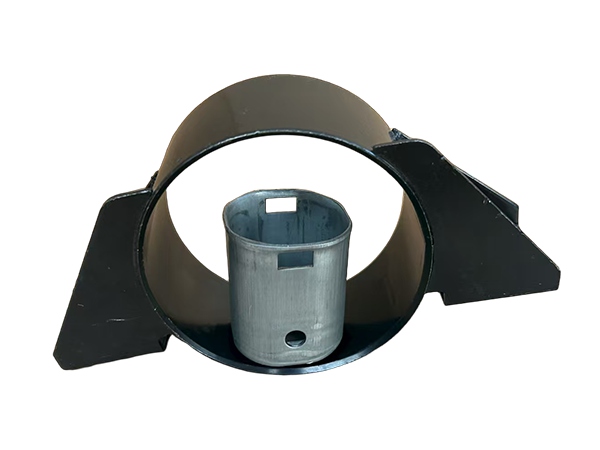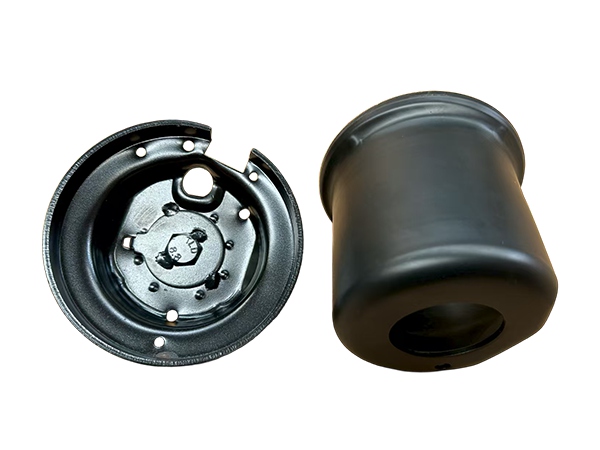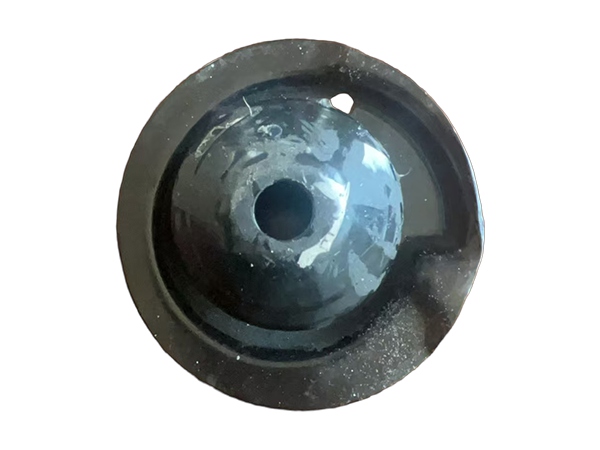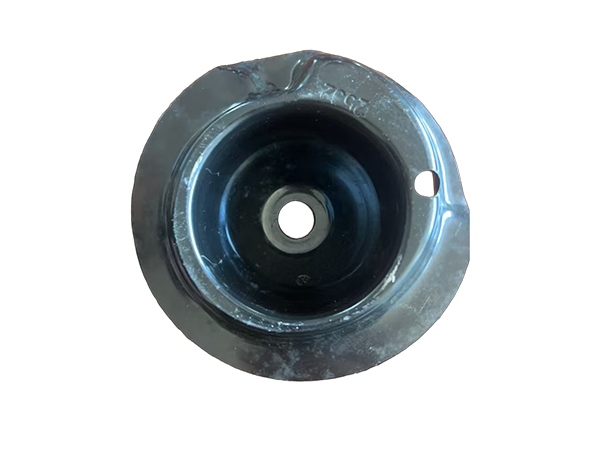Automotive Metal Stamping Parts: Process, Applications, and Advantages
Publish Time:2025-08-12 18:09:09 Author:Hengyuntai Views:134
Automotive metal stamping is a high-precision, high-volume manufacturing process that uses presses and dedicated tooling (dies) to transform sheet metal into complex, uniform parts. It is a cornerstone of modern automotive manufacturing, essential for creating both structural and aesthetic components.
I. The Process: How It Works
The process involves several key stages and techniques:
Blank Preparation: Large coils of sheet metal (steel, aluminum, etc.) are fed into a blanking press, which cuts them into simpler, preliminary shapes called "blanks."
Forming Operations: These blanks are then formed in stamping presses. Key techniques include:
Drawing: The blank is radially drawn into a die by a punch to form complex, deep shapes like oil pans or body panels without wrinkling or tearing.
Bending: The metal is deformed along a straight axis to create flanges, angles, and channels (e.g., bracket arms).
Piercing: Holes, slots, and cut-outs are punched into the part with extreme precision.
Coining: A high-pressure compression process used to create precise features and smooth surfaces.
Progressive Die Stamping: This is the most common method for high-volume production. A single die has multiple stations. A metal strip feeds through the press, and at each station, a different operation (piercing, bending, cutting) is performed until a finished part is ejected at the final station. This allows for incredible speed and consistency.
Secondary Operations: After stamping, parts may undergo finishing processes like deburring (removing sharp edges), heat treatment (for strength), welding, and surface treatment (e.g., galvanizing, painting, powder coating) for corrosion protection and appearance.
II. Applications in the Automotive Industry
Metal stamping parts are ubiquitous in every vehicle, found in virtually every system:
Body-in-White (BIW): Body panels (doors, hoods, fenders), structural frames, pillars, and roof supports.
Chassis and Suspension: Brackets, control arms, frame components, and reinforcement parts.
Engine and Drivetrain: Oil pans, transmission mounts, valve covers, and heat shields.
Interior Systems: Seat frames, seatbelt components, dashboard supports, and door latches.
Electrical Systems: Battery enclosures, sensor brackets, and connector housings.
III. Key Advantages
The widespread use of metal stamping is driven by its significant advantages:
High Efficiency & Cost-Effectiveness: Once the dies are created, the process is extremely fast, allowing for the production of thousands of identical parts per hour at a very low per-unit cost, especially for large volumes.
Exceptional Consistency and Precision: The die-based process ensures that every single part produced is identical, with extremely tight tolerances. This is critical for automated assembly and vehicle safety and performance.
Material Strength & Lightweighting: The process of forming and work-hardening the metal can enhance its strength. Furthermore, it allows engineers to use high-strength steels and aluminum alloys to create strong, lightweight components that improve fuel efficiency and safety.
Design Flexibility & Complexity: Stamping can produce parts with complex geometries and intricate features that would be difficult or impossible to achieve with other manufacturing methods, all while maintaining high strength.
Material Efficiency: Progressive die stamping minimizes scrap material by nesting parts efficiently on the metal coil. Any scrap generated is also typically recycled.
Related News
-
Common Issues and Safety Hazards of Insulation Layer Damage in Battery Press Plates
Common Issues and Safety Hazards of Insulation Layer Damage in Battery Press Plates Battery press plates, a critical comp...
-
In-Depth Analysis of Loosening Issues in Automotive Hardware Fittings
Loosening of automotive hardware fittings (e.g., bolts, nuts, brackets, clips) is a critical concern that compromises veh...
-
Quality Control and Inspection Methods for Automotive Hardware Fittings
Automotive hardware fittings (e.g., bolts, brackets, clips, hinges) are critical for vehicle safety, performance, and lon...
-
Automotive Metal Stamping Parts: Process, Applications, and Advantages
Automotive metal stampingis a high-precision, high-volume manufacturing process that uses presses and dedicated tooling (...
-
Maintenance Secrets for Automotive Hardware Fittings
Maintenance Secrets for Automotive Hardware Fittings While often overlooked, the proper care of automotive hardware fitti...








